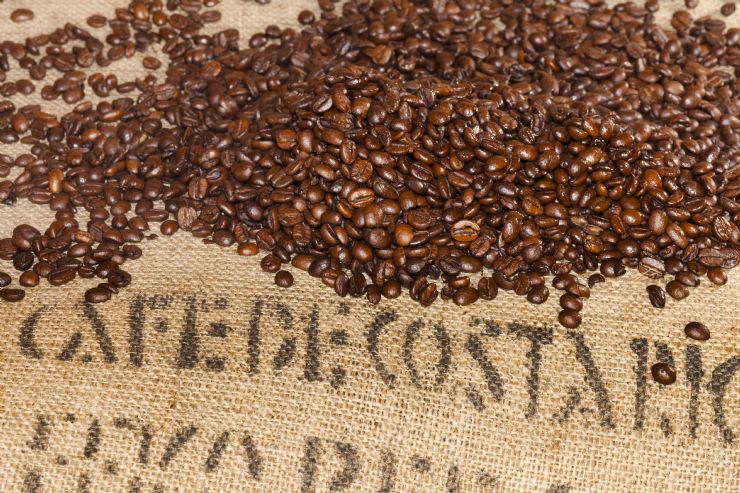 Tarrazu is one of the best coffee in Costa Rica
Tarrazu is one of the best coffee in Costa RicaIf you know anything about Costa Rica, it's probably that we have stunning beaches and spectacular coffee! Because of the ideal climate of several regions here and the volcanic soil, Costa Rica is able to produce rich, smooth coffee that is sure to get your morning started off on the right foot. In Costa Rica, coffee is more than just a drink to get you going when you're sleepy, it's a way of life. In fact, there is a deep-rooted history in Costa Rica's coffee beans here, so just by drinking a cup of joe, you are adding to the story.
7 Days / 6 Nights
Starting at $779 per person
History of Costa Rica coffee
During the beginning of the 18th century, coffee began to be sowed in Costa Rica, and the beans grown here actually played a major role in the development of coffee production throughout the country. The first two Heads of State in Costa Rica, Braulio Carrillo and Juan Mora Fernandez, spearheaded the coffee enterprise in Costa Rica, and production began to increase. By 1821, there were 17,000 coffee plants throughout the country, and some people living here during this time even were given their own coffee plants! Can you imagine being able to grow and cultivate your very own coffee in your backyard? Of course, times have changed, but Costa Ricans still love their coffee. By 1832, coffee was commercialized and exported at a fairly rapid rate.
Today, 100 percent of Costa Rica's coffee is made with Arabica beans to produce the highest quality product that is poured into your cup. Actually, there are even laws in Costa Rica that ban the planning of low-quality coffee plants! Now you really know how seriously we take our coffee.
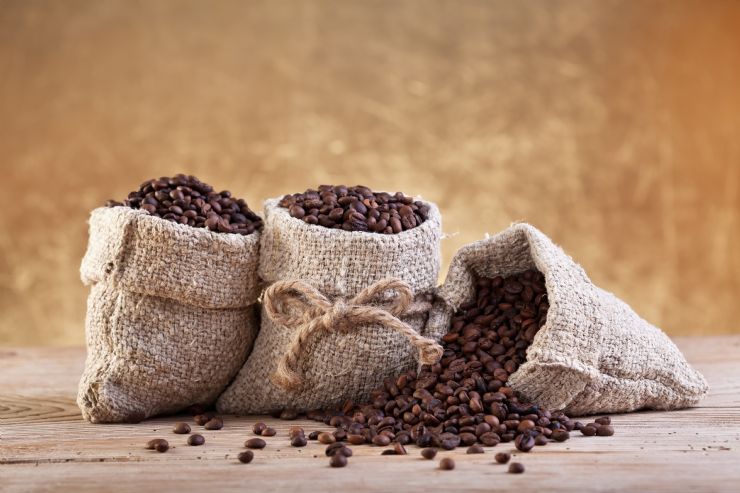 Roasted coffee bags ready for delivery
Roasted coffee bags ready for deliveryThe best coffee
Quality coffee is grown in volcanic, low-acidic and fertile soil, and in regions that feature a fairly mild temperature year-round. By 2001, the National Coffee Institute decided to initiate a plan that would monitor the quality of coffee in Costa Rica. The conditions are measured based on how the plant is produced, processed and marketed. Costa Rica coffee roasters also use a specific selection process to make sure that each plantation uses its regional characteristics to the full potential, which is why coffee will taste different depending on where you go!
Where to visit
Costa Rica's coffee is grown in eight different zones: Brunca, Turrialba, Tres Rios, Orosi, Tarrazu, the Central and Western Valleys and Guanacaste. In these regions, the production process varies slightly, and it typically depends on the region's weather and landscape. For example, Guanacaste gets hot, so coffee is typically planted in the mountainous regions where the temperatures aren't as high. But then Turrialba is another huge coffee production region, which receives a large amount of rainfall each year. Here you can find Caturra and Catuai red coffee variations that are grown in the shade of towering timber trees near the Turrialba Volcano.
Some of the best Costa Rica coffee plantations to check out include the Doka Estate, Finca Rosa Blanca Coffee Plantation, Espiritu Santo Coffee in Naranjo and Cafe Britt. Why not plan your entire Costa Rica vacation around trying different coffee variations from across the country?!
If you've visited a coffee plantation and gone on a tour, what was your favorite part? Have you been to multiple tours? With each one of them being so unique, it will be helpful to other travelers who want to go on an adventure and try some delicious coffee right where it came from. Cheers!
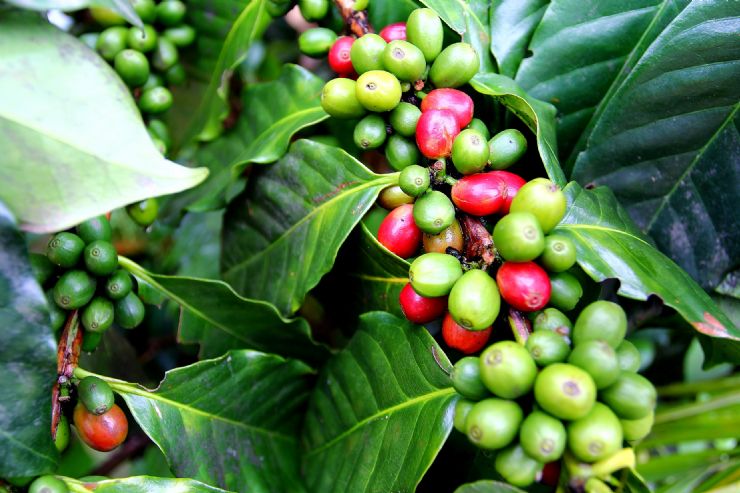 Coffee beans at santa maria de Dota
Coffee beans at santa maria de Dota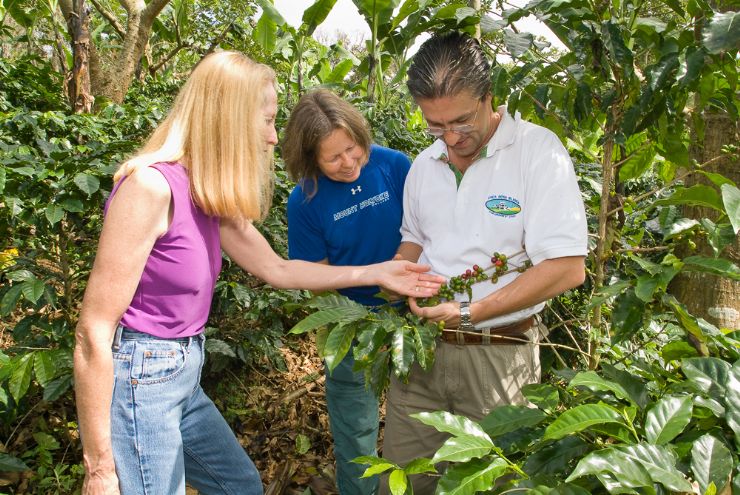 Picking Coffee at Finca Rosa Blanca Coffee Plantation & Inn
Picking Coffee at Finca Rosa Blanca Coffee Plantation & Inn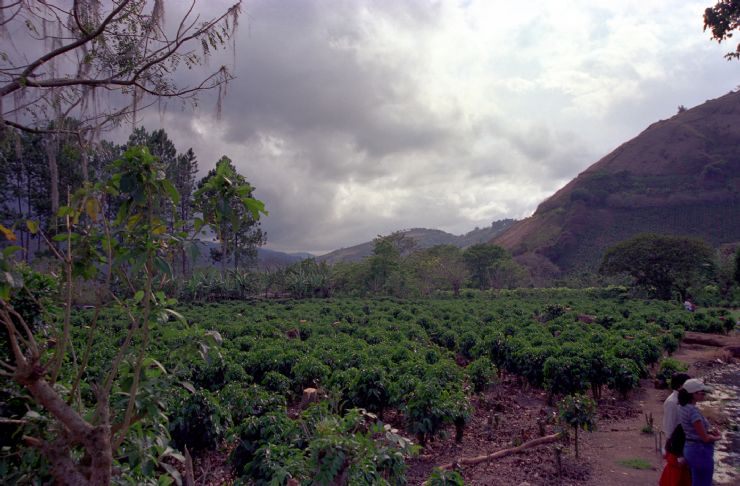 Orosi Coffee Plantation
Orosi Coffee Plantation Cup of the best Tarrazu coffee at Santa Maria de Dota
Cup of the best Tarrazu coffee at Santa Maria de Dota
